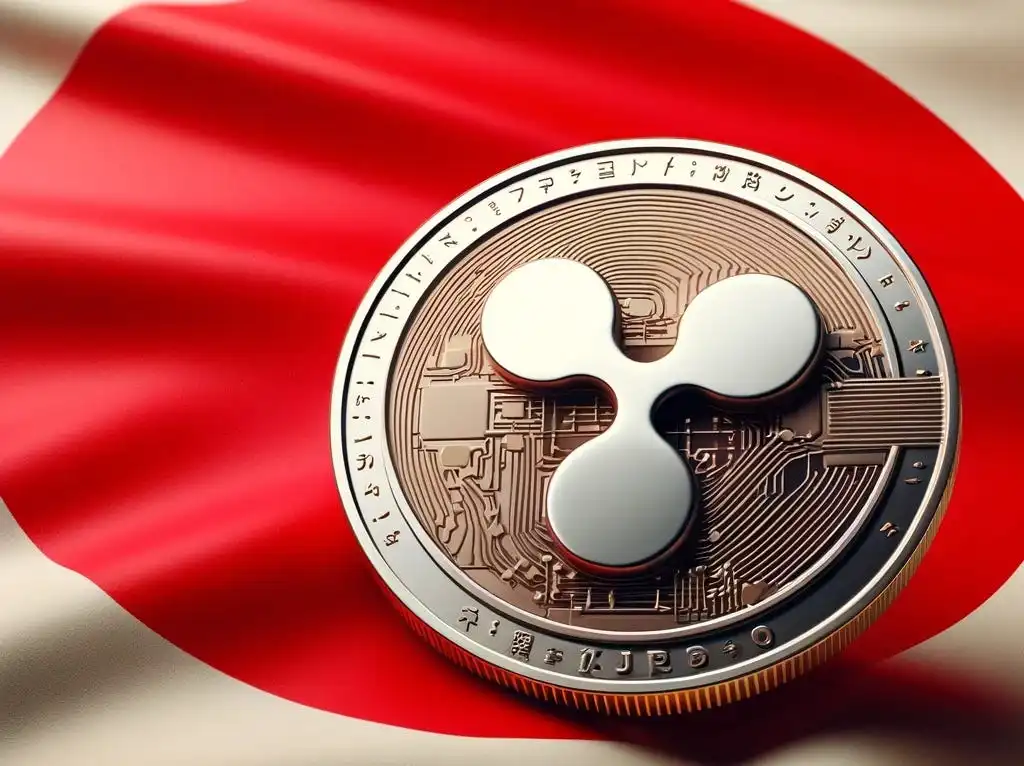- Japan’s stimulus could accelerate Ripple’s global liquidity expansion plans.
- Analyst says XRPL fits Japan’s push for instant cross-border settlements.
- Ripple may anchor Japan–U.S. cooperation in digital currency frameworks.
Japan’s renewed economic stimulus is drawing attention across global markets, with experts suggesting it could transform the very foundation of international liquidity systems. According to Stern Drew, Japan’s massive monetary injection is creating an urgent need for faster and more efficient cross-border payment infrastructure.
He explained that traditional systems such as SWIFT are too slow and require heavy pre-funding, making them inefficient in the face of rising liquidity demands.
Drew emphasized that the XRP Ledger (XRPL) offers a superior alternative through its real-time settlement capability, which enables instant clearing between yen, dollars, and digital assets without requiring collateralized accounts.
This efficiency, he noted, makes Ripple’s network a fitting solution for Japan’s growing need for fluid, low-cost liquidity in an era of expanding fiscal policy.
Also Read: There is a Pattern That Sends XRP to $6+
Ripple’s Ecosystem Aligns with Japan’s Push for Financial Innovation
The analyst further observed that Japan’s domestic bond yields are climbing, prompting investors to seek better returns. To maintain global investor confidence, Drew said, Japan must embrace programmable, transparent, and blockchain-based financial instruments.
He noted that Ripple’s RLUSD stablecoin and XRPL’s MPT (Multi-Purpose Token) standard could underpin new forms of on-chain bonds and stable assets, providing the trust and flexibility foreign investors demand.
He added that as Japan works to modernize its financial architecture, Ripple’s existing infrastructure positions it as a potential bridge between traditional finance and emerging digital systems.
The ability to tokenize sovereign debt or trade flows, Drew explained, would not only improve efficiency but also expand the use of XRP as a liquidity vehicle across international markets.
Japan–U.S. Cooperation Could Strengthen Digital Currency Frameworks
Drew also pointed to Japan’s evolving foreign policy under Minister Sanae Takaichi as a major factor influencing this shift. He explained that Takaichi’s pro-national and cooperative approach with the United States could lead to closer financial and technological integration.
Given Ripple’s U.S. roots and its established presence in Japan’s payments sector, Drew believes the company could play a vital role in developing regional digital currency frameworks that support Indo-Pacific trade.
The potential scale of such changes is significant. Drew estimated that if Japan digitized just five percent of its sovereign debt or trade transactions, it would represent more than six hundred billion dollars in tokenized liquidity. Ripple’s established payment rails and settlement technology, he argued, are already equipped to handle this level of global liquidity flow.
A Turning Point for Global Liquidity Networks
Japan’s economic revival may therefore serve as a turning point for Ripple’s long-term vision of an interconnected global liquidity grid. As government stimulus injects trillions of yen into circulation, the demand for real-time, compliant, and interoperable settlement systems continues to rise.
According to Drew, every yen introduced through these measures amplifies the importance of frictionless financial movement, a problem Ripple’s technology was designed to solve. He concluded that Japan’s latest move could be the catalyst that reshapes how liquidity is distributed worldwide—positioning XRP at the heart of a new, digitized global financial network.
Also Read: The Evolution of Crypto Trading Platforms: Past, Present, Future

